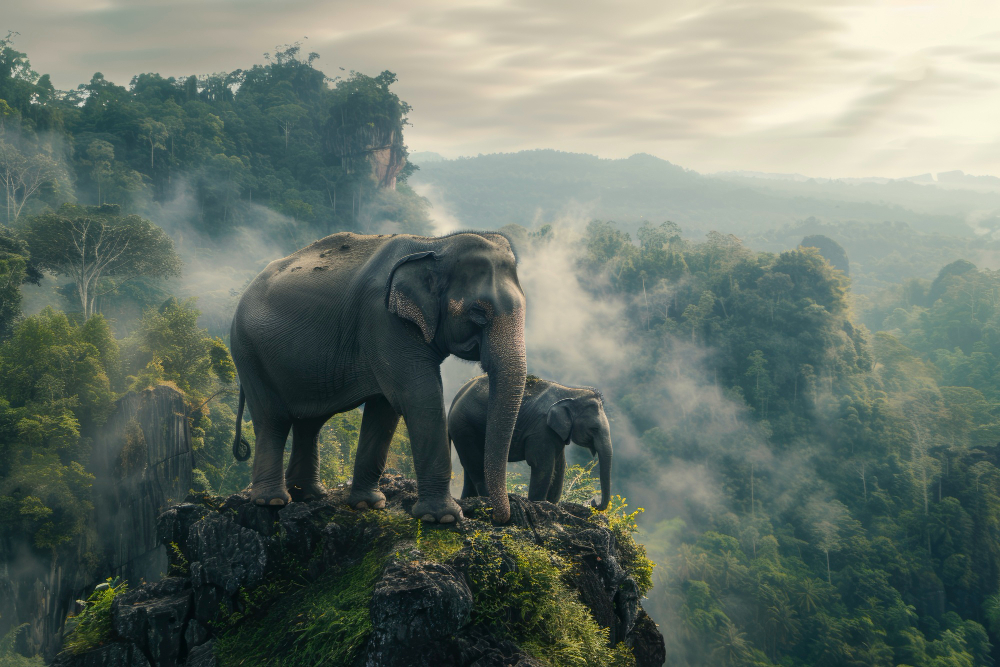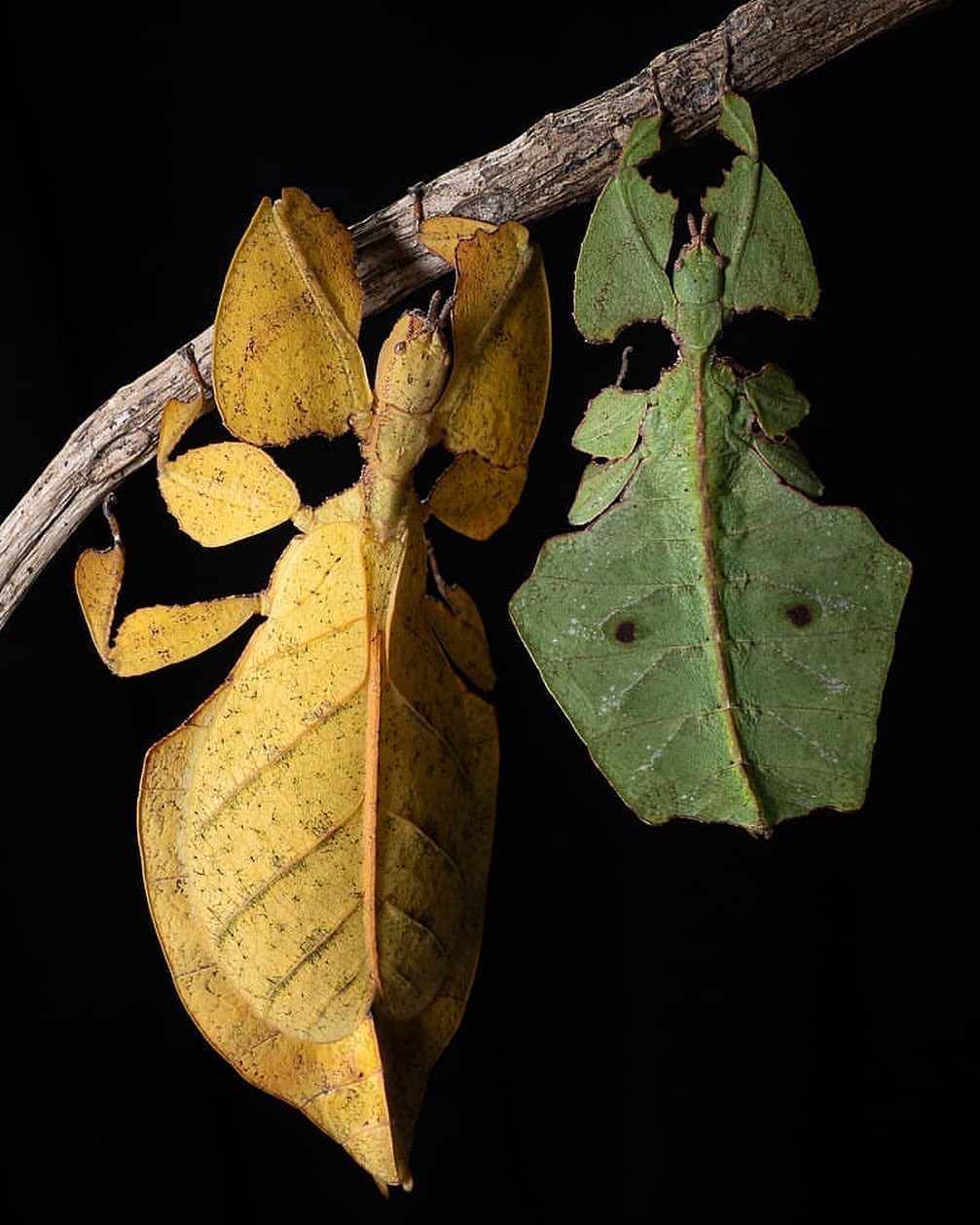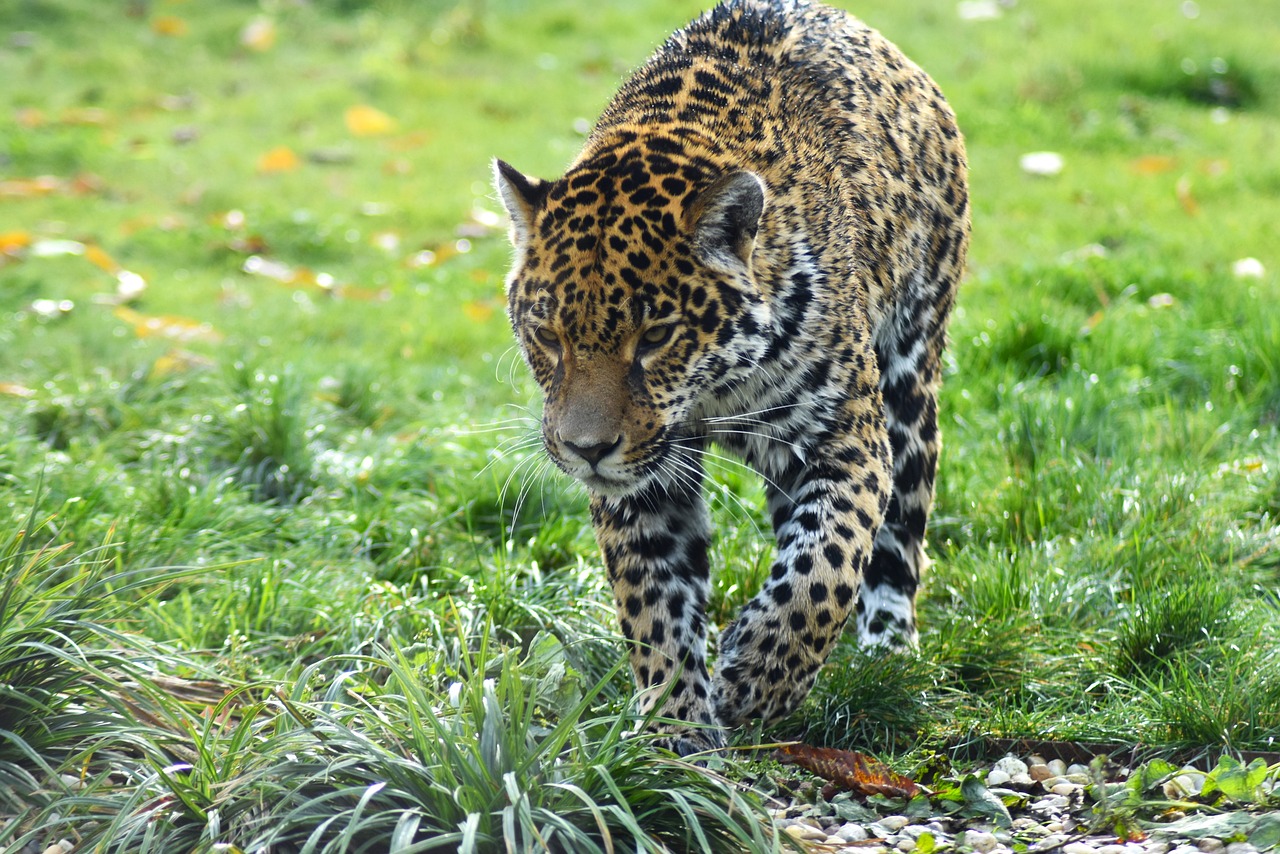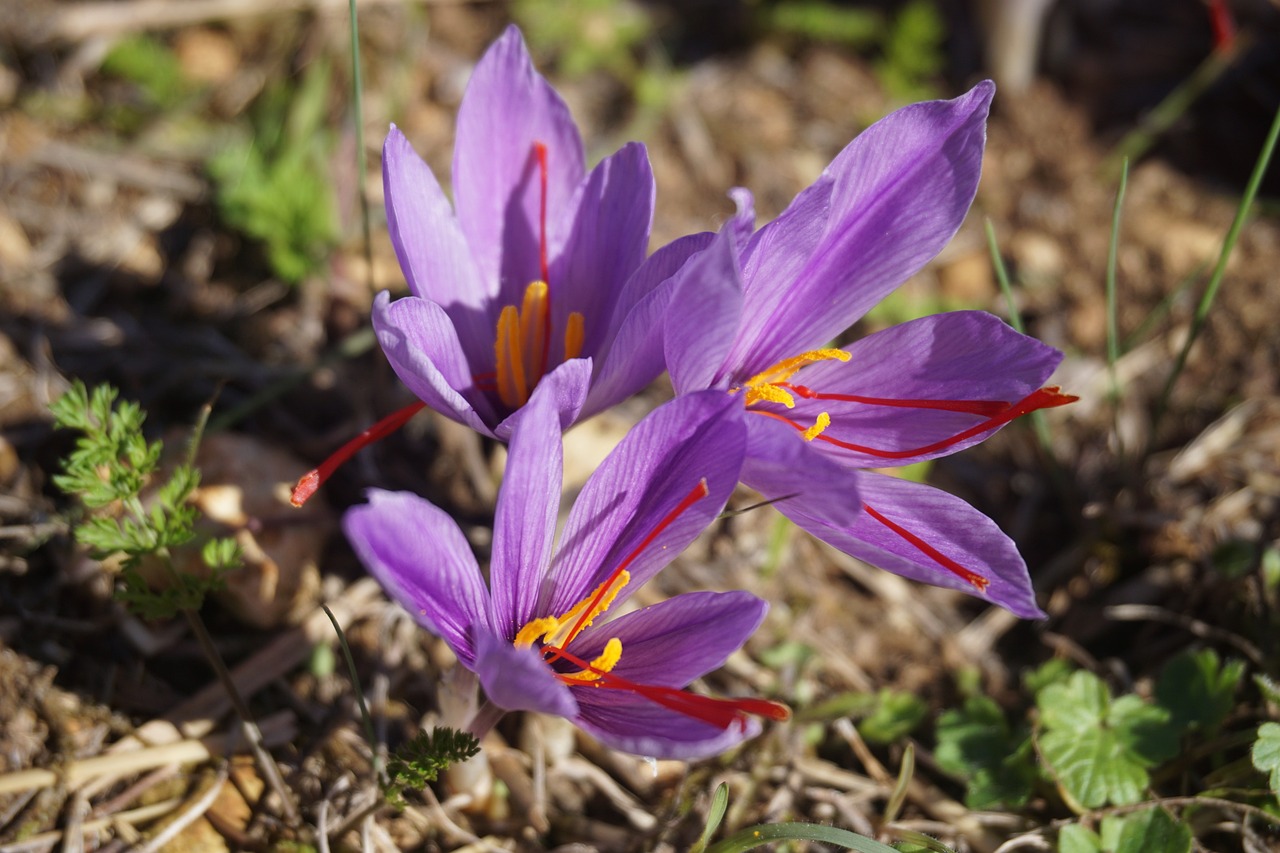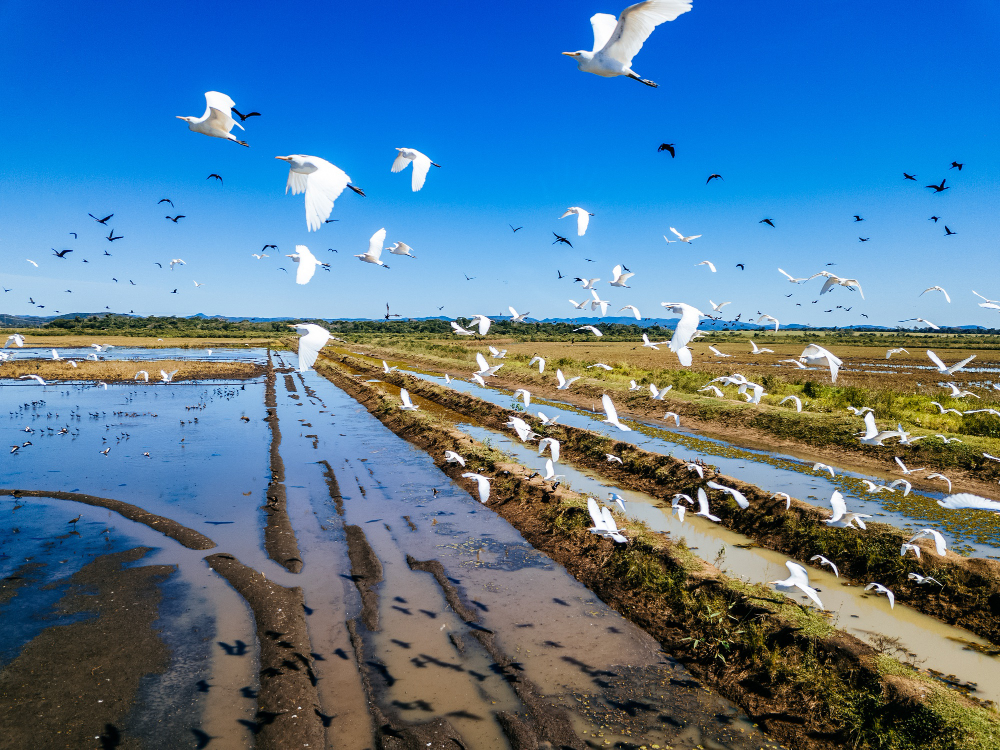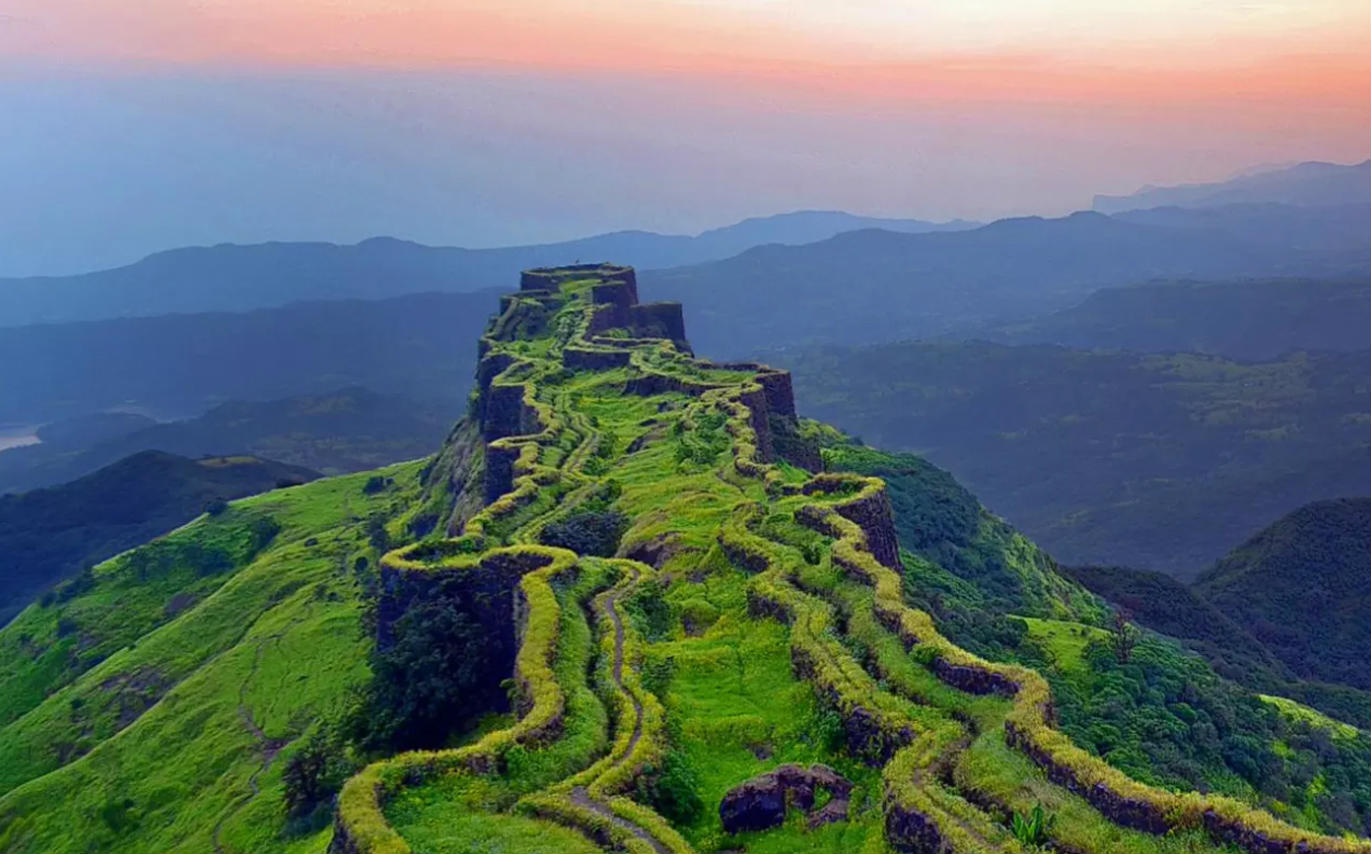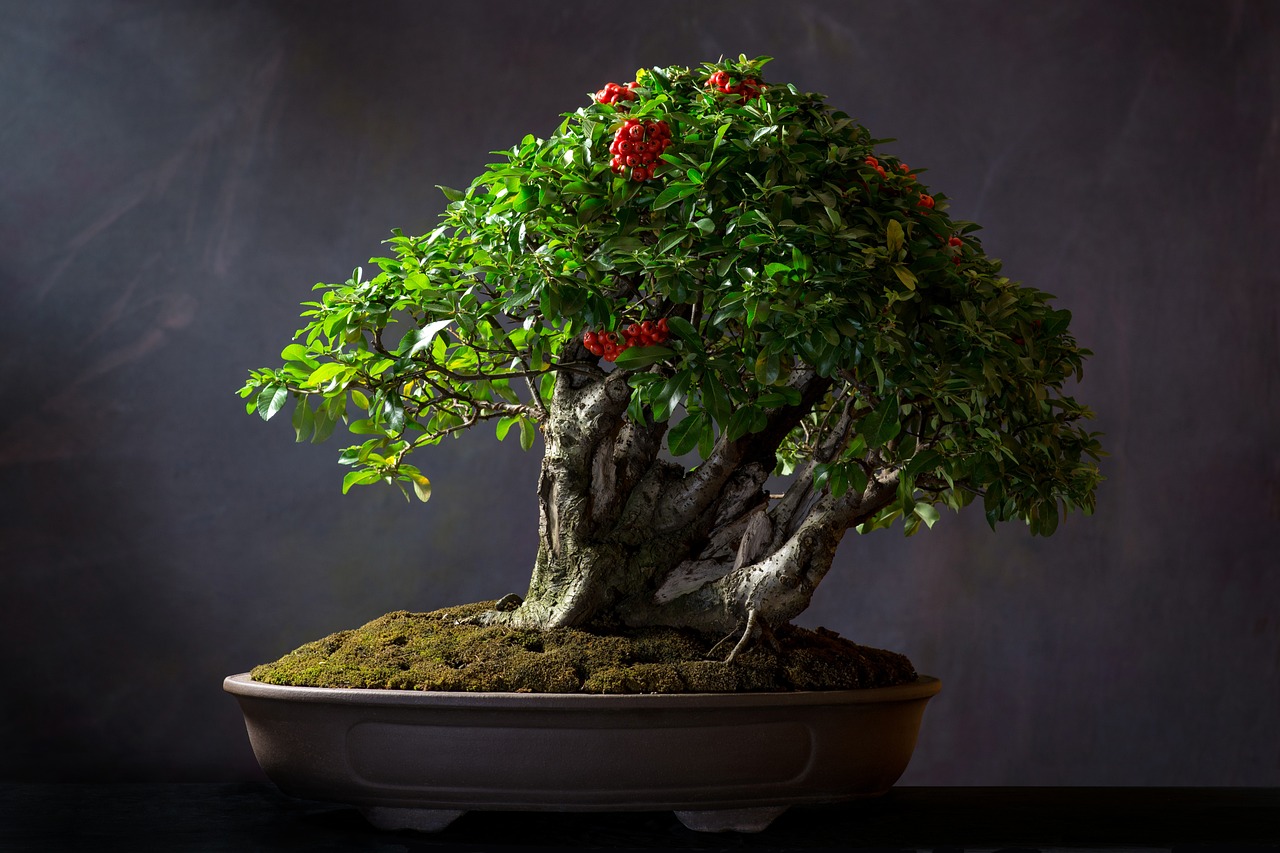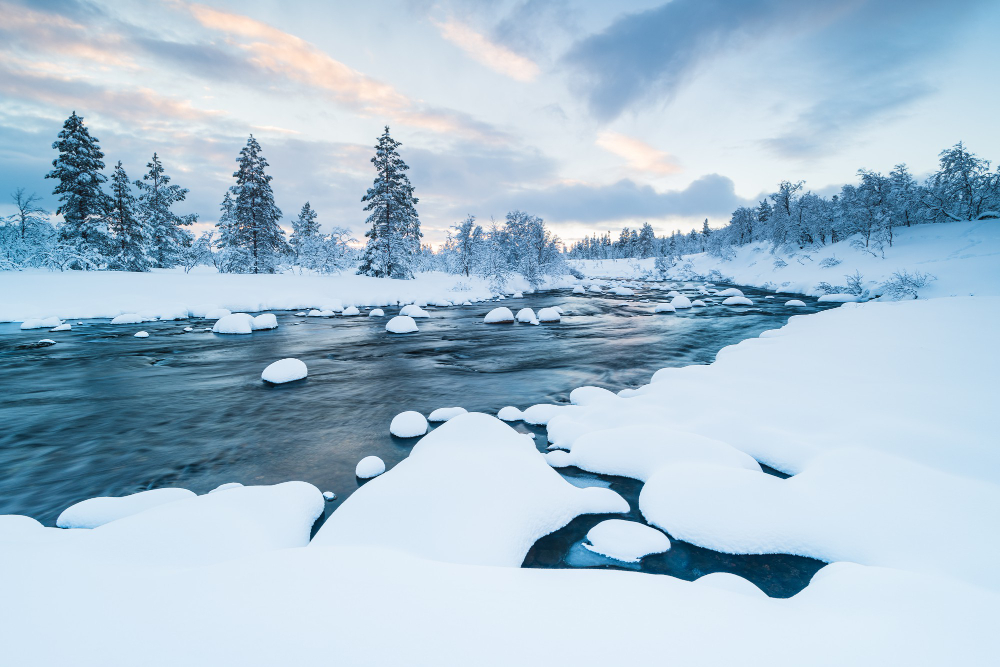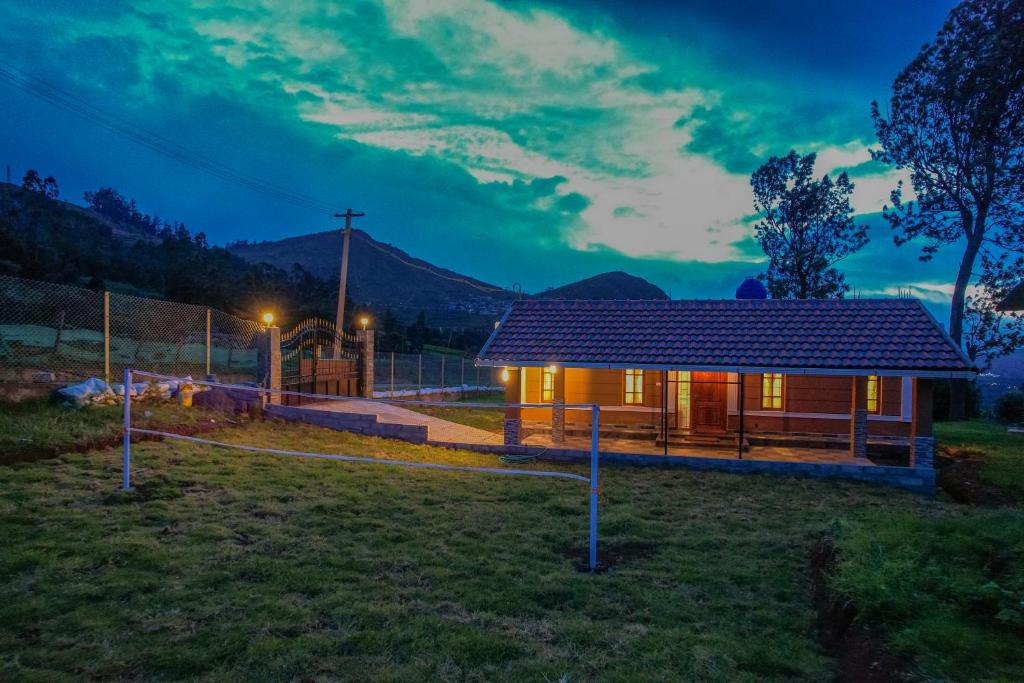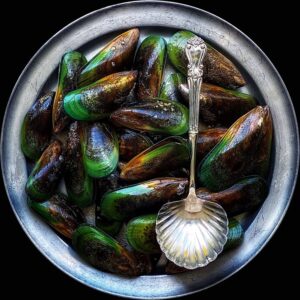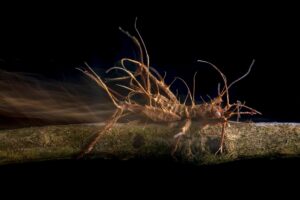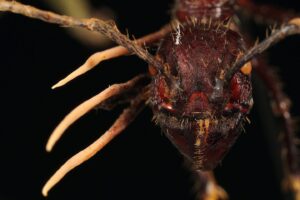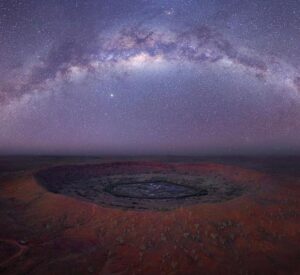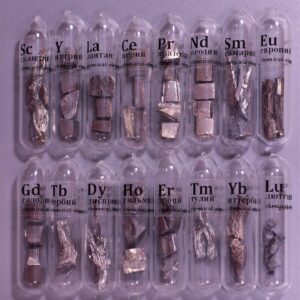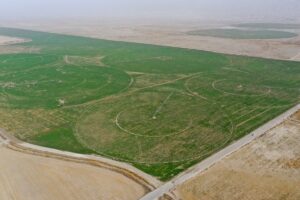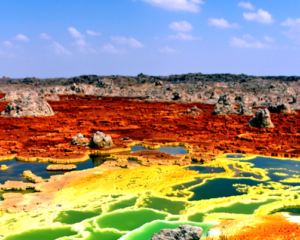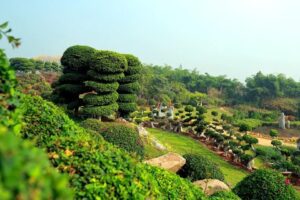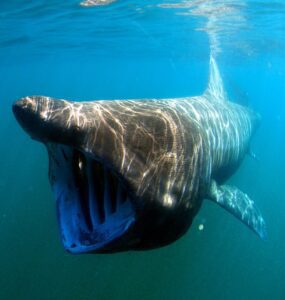 Pin
Pin Red Crab Migration Christmas Island / Photo courtesy of Julia Jongerbloed
Now, if you’ve never seen a crab the color of a fresh-picked apple marching across your front porch with the confidence of a man who owns the deed to your house, you haven’t lived on Christmas Island during migration season. Each year, this little Australian territory in the Indian Ocean becomes host to what might be the most spectacular case of trespassing in natural history. The Red Crab Migration Christmas Island brings roughly 50 million land crabs out of the forest and straight through civilization on their way to the ocean, and they don’t much care if you’re late for work or trying to enjoy your morning coffee on the veranda.
What strikes you first isn’t just the number—though 50 million of anything would give you pause—it’s the absolute certainty these creatures possess. They know where they’re going, they know when to leave, and they’ve been doing this dance long before any human set foot on their island. For a few weeks when the wet season rains arrive and the moon cycle hits just right, these bright red fellows take over everything. Roads close, people adjust their schedules, and the whole island essentially admits what’s true anyway: the crabs were here first, and we’re all just renting space in their parade route. It’s humbling, really, watching nature operate on a schedule that has nothing whatsoever to do with human convenience.
Table of Contents
The Crabs Themselves—What Manner of Creature Are We Dealing With?
 Pin
Pin Photo courtesy of Julia Jongerbloed
Before we get into the spectacle of their grand march, it’s worth getting acquainted with the star of this show. Christmas Island red crabs are peculiar creatures, built like small armored tanks with legs and painted the most vivid shade of scarlet you ever saw. They’re about the size of your hand when fully grown, with a shell that looks like it’s been dipped in fresh paint. These aren’t your typical beach crabs that scuttle sideways when you get too close.
No sir, these are land crabs through and through, spending most of their lives in the rainforest where they dig burrows and mind their own business eating leaves, flowers, and the occasional bit of fruit that falls their way.
What makes them particularly interesting is how thoroughly they’ve adapted to life on dry land. Most crabs need to stay near water, but these fellows have modified gills that work almost like lungs, letting them breathe air just fine as long as they stay reasonably moist. They’re not fond of bright sunlight or dry conditions, which is why they spend most of the year tucked away in their burrows, coming out mainly at night or after rain to forage. The males are slightly larger than the females and sport broader shells, though when you’ve got 50 million of them crossing the road, you’re not exactly stopping to check credentials. They can live up to twelve years or more if they avoid the various hazards of island life, and they’ve been perfecting this migration routine for longer than anyone can rightly say.
The Call to March—What Gets Them Moving?
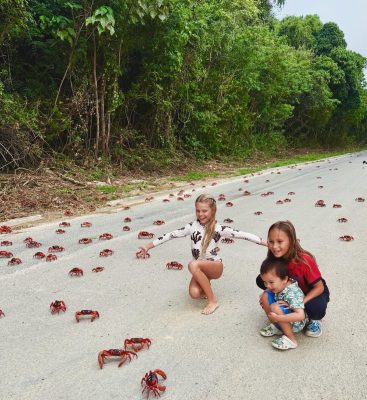 Pin
Pin Photo courtesy of Indiana Poppy
Now, you might wonder what possesses 50 million crabs to suddenly abandon their comfortable forest homes and march toward the sea all at once. The answer lies in a combination of rain, moon, and ancient biology that works better than any town clock. When the wet season arrives on Christmas Island—typically sometime between October and December—and the first proper soaking rains hit the forest floor, something stirs in every red crab on the island. Their bodies tell them it’s time. But they don’t just rush off the moment they feel a raindrop.
They wait, patient as monks, for the moon to shift into the right phase. When the lunar cycle hits that sweet spot before the high tide during the last quarter, every crab on the island receives the same silent telegram, and the march begins.
This timing isn’t arbitrary or accidental, mind you. These crabs have evolved over countless generations to sync their breeding with the ocean’s rhythms because their babies—tiny larvae no bigger than a grain of rice—need to hatch right when the tide is turning from high to low. That specific moment gives the larvae the best chance of being swept out to sea where they’ll spend their first month developing in the plankton-rich waters. Miss that window, and your offspring might get stranded in tidal pools or washed back onto rocks. So the crabs have become living calendars, reading the weather and the moon with a precision that would make any sailor jealous. When conditions align just right, millions of tiny internal alarms go off simultaneously, and the whole forest starts moving as one giant red river flowing downhill toward the coast.
The Journey Begins—A Red Tide Across the Island
 Pin
Pin Photo courtesy of csirogram
When the signal finally comes and millions of crabs emerge from their burrows, the forest floor transforms into something that defies easy description. The ground itself seems to come alive, rippling and shifting as wave after wave of crimson bodies pour out from under logs, around tree roots, and through the leaf litter. The males leave first, being the eager sorts, and they march with remarkable determination toward the coast. They don’t meander or take scenic routes—these crabs move with purpose, following the downward slope of the land like water seeking the ocean. The sound alone is something to hear: a rustling, clicking symphony of shells bumping together and thousands of legs moving through dry leaves.
The journey isn’t a short stroll, either. Depending on where a crab starts its journey in the rainforest, it might travel several kilometers over the course of a week or more. They move mainly during the early morning or late evening when the air is cooler and damper, resting during the heat of the day under whatever shade they can find. What’s remarkable is how single-minded they become. A red crab on migration won’t stop to eat much, won’t turn back if it encounters obstacles, and won’t be deterred by fences, walls, or the fact that humans have built an entire town directly in their ancestral pathway. They climb over curbs, squeeze under gates, and funnel through any gap they can find. The island’s human residents have learned to simply accept that for these few weeks, the crabs have right of way on everything, and trying to fight that reality is about as useful as arguing with a thunderstorm.
The Human Problem—When Two Worlds Collide
Now here’s where things get interesting, and by interesting I mean complicated in the way that happens when humans build roads and houses right through the middle of someone else’s ancient highway. Christmas Island has about 1,400 human residents who live in settlements scattered across this small territory, and they’ve built all the usual trappings of civilization: paved roads, shopping centers, schools, and homes with nicely manicured yards. The problem, of course, is that the crabs have been using these exact routes for thousands of years, long before the first human ever thought to put down asphalt. So when migration season arrives, you get what might be the world’s most lopsided conflict between nature and infrastructure, and I’m pleased to report that nature is winning handily.
The roads present the biggest challenge for both species involved. A red crab crossing a road moves at roughly the speed of molasses running uphill in January—slow, deliberate, and completely oblivious to the two-ton vehicle bearing down on it. In the early years of human settlement, the carnage was terrible. Thousands upon thousands of crabs were crushed under tires, their shells cracking like pottery and creating a scene that was both tragic and frankly hazardous, since driving over that many crab shells turns pavement slicker than ice. The island’s residents quickly realized they had two choices: figure out how to coexist with this annual invasion, or spend several weeks each year imprisoned in their homes while nature conducted its business outside. Being practical folks, they chose coexistence, though it required some creative thinking and a fair amount of human humility.
The Solutions—Bridges, Barriers, and Human Ingenuity
 Pin
Pin Photo courtesy of Julia Jongerbloed
The people of Christmas Island didn’t just throw up their hands and surrender to the chaos, though they did surrender a bit of their convenience. What followed was a series of ingenious solutions that would make any engineer proud, even if the primary beneficiaries have claws and shells. The island’s authorities started by building special crab crossings—underpasses and bridges designed specifically for crustacean traffic. These aren’t fancy structures, mind you, just simple barriers that funnel the crabs toward tunnels under the road or up and over plastic sheeting bridges that span the asphalt.
The crabs, bless them, follow along quite obediently once you give them a clear path, proving that even creatures with brains the size of a pea can navigate infrastructure if you design it properly.
During peak migration, the island also closes certain roads entirely, stringing up barriers and posting signs that essentially tell motorists to find another route because this particular stretch of pavement now belongs to the crabs. Volunteers and park rangers patrol the roads that remain open, helping crabs across and gently redirecting any that seem confused by the modern world’s geometry. Some residents have taken to installing temporary fencing around their properties, not to keep the crabs out exactly, but to guide them around rather than straight through the garden. It’s a compromise that would probably strike most mainlanders as absurd—shutting down your infrastructure for crabs—but it works. The death toll has dropped dramatically, and the migration continues much as it has for millennia. Turns out that when humans decide to cooperate with nature instead of dominating it, both parties can get where they’re going, even if it takes a little longer and requires some creative problem-solving along the way.
Reaching the Coast—The Final Descent
After days of marching through forest and civilization alike, the crabs finally reach their destination: the coast. But this isn’t some gentle arrival where they pause to admire the view and catch their breath. The males hit the beach and immediately get to work digging burrows in the sandy terraces just above the high tide line. These aren’t elaborate constructions—just simple pits scraped out in the sand where they’ll wait for the females to arrive. The males become remarkably territorial at this point, defending their little patches of beach real estate with the same fervor that homeowners defend property lines in a dispute over fence placement. They’ll fight other males who get too close, clashing claws and pushing each other around until one retreats to find his own spot.
The females arrive a few days after the males, having taken their time with the journey, and they’re the ones who’ll complete the most critical part of this whole operation. Each female mates with a male in his burrow, then carries the fertilized eggs in a pouch under her tail for about two weeks while they develop. When the eggs are ready and the tide conditions are just right—that magical moment when high tide turns to low—she ventures down to the water’s edge. There, right at the shoreline where waves lap against rock and sand, she dips her body into the ocean and releases thousands of tiny eggs into the water. The eggs hatch almost immediately on contact with seawater, and suddenly the ocean is filled with microscopic larvae that look nothing like their parents. They’re swept out to sea on the receding tide, beginning their own journey in the plankton-rich waters where they’ll grow and develop for the next month before returning to land as tiny crabs.
The Return Journey—A Lonely Walk Home
Once the females have released their eggs into the ocean, they face the sobering reality that their job isn’t quite finished yet. They need to get back home to the forest, and this return journey is considerably less dramatic than the trip down but no less exhausting. The females begin their trek back within a day or two of spawning, looking noticeably thinner and more worn than when they arrived. They’ve expended enormous energy producing and carrying thousands of eggs, and now they must retrace their steps through all those roads, yards, and forest paths while their bodies recover. The males leave even earlier, having finished their part of the bargain once mating was complete, and they head back to the forest to reclaim their burrows and resume the quiet life of eating leaves and avoiding the midday sun.
The return migration lacks the coordinated spectacle of the initial march because the crabs trickle back over several days rather than moving as one massive wave. You’ll still see plenty of red crabs making their way inland, but it’s more like watching stragglers leave a concert venue than witnessing the entire crowd exit at once. Many are weak from their ordeal and more vulnerable to predators during this phase. The ones who make it back to the forest—and most do—will spend the next several months recovering, molting their shells as they grow, and settling back into the comfortable routine of forest life. They won’t think about the ocean again until next year’s rains arrive and that internal alarm clock starts ticking once more, reminding them it’s time to do the whole thing over again.
The Babies Come Home—A Perilous Homecoming
About four weeks after those microscopic larvae were released into the ocean, something remarkable happens in the waters around Christmas Island. The tiny crab babies, having spent their first month of life drifting in the ocean currents and feeding on plankton, suddenly transform. They develop into what scientists call megalopae—little creatures that finally look somewhat like crabs, though they’re still no bigger than a mosquito. These miniature crabs feel an irresistible urge to return to land, the same island their parents left behind, and they begin swimming toward shore by the millions. When they reach the shallows, they wait for nightfall and then emerge from the waves in numbers that boggle the mind. The beaches and rocks turn into a living carpet of tiny red crabs, each one smaller than your fingernail, all scuttling frantically toward the safety of the forest.
This journey from sea to forest is arguably more dangerous than anything their parents faced. These baby crabs are bite-sized snacks for just about every predator on the island. Seabirds swoop down and feast on them by the hundreds. Larger crabs eat them. Even the yellow crazy ants—an invasive species that’s become a serious problem on Christmas Island—attack and kill them in great numbers. The little ones move fast, instinctively heading uphill toward the forest, hiding under any cover they can find during daylight hours. Most don’t make it. Of the thousands of babies each female produced, perhaps only a handful will survive to adulthood. But those odds, harsh as they seem, have been good enough to sustain the population for countless generations. The ones who do reach the forest interior will spend the next three to four years growing and molting until they’re finally large enough to make that migration journey themselves and continue the cycle their parents started.
The Threats They Face—Modern Dangers to an Ancient Ritual
For thousands of years, these crabs had their migration ritual down to a science, dealing with natural predators and hazards that were part of the island’s original ecosystem. But the modern era has introduced threats that evolution never prepared them for, and some of these challenges have grown serious enough to genuinely worry the scientists who study them. The most devastating newcomer is the yellow crazy ant, an invasive species accidentally introduced to the island that has formed what are called supercolonies—massive networks of billions of ants that work together and spray formic acid at anything they perceive as a threat. These ants have killed millions of red crabs over the past few decades, fundamentally altering entire sections of the forest where crabs once thrived in abundance.
The second major threat comes from habitat loss and human development, though Christmas Island has actually done better than most places in this regard since much of the island is protected as national park. Still, roads bisect ancient migration routes, and even with all the bridges and tunnels, thousands of crabs still die under vehicle tires each year. Climate change presents a longer-term worry that keeps researchers up at night. If rainfall patterns shift or intensify, or if ocean temperatures rise enough to affect the larvae’s survival in those critical first weeks at sea, the whole delicate timing mechanism that has sustained this migration for millennia could fall apart. The crabs can’t simply adjust their schedule the way humans might reschedule a meeting. Their biology is tuned to specific conditions, and rapid environmental changes could throw the entire system out of balance before the species has time to adapt through the slow process of evolution.
Why It Matters—The Bigger Picture Beyond the Spectacle
Now, you might be sitting there thinking this is all very fascinating in the way that nature documentaries are fascinating, but wondering why anyone beyond Christmas Island should care about a bunch of crabs taking their annual walk to the beach. The answer runs deeper than you’d expect and touches on some fundamental truths about how ecosystems actually work. These red crabs aren’t just wandering around for their own amusement—they’re performing essential services that keep the entire island’s forest healthy and functioning. They’re nature’s cleanup crew, consuming fallen leaves, dead plant matter, and debris that would otherwise pile up and smother new growth. By eating and processing all this material, they recycle nutrients back into the soil and control which seedlings survive to become trees, essentially shaping the very structure of the forest itself.
When scientists have studied areas where the yellow crazy ants have wiped out the crab populations, they’ve discovered something troubling: the forest changes in ways that cascade through the entire ecosystem. Without crabs turning over the leaf litter, different plants take hold. Seedlings that the crabs would normally eat grow unchecked. The soil composition shifts. Other species that depended on the crabs’ ecological role begin to struggle or disappear. It’s a reminder that nature operates as an interconnected web where even something as seemingly simple as crabs eating leaves turns out to be holding together a complex system. The migration itself demonstrates something else worth pondering—that wild creatures still follow ancient patterns and rhythms that have nothing to do with human schedules or convenience, and perhaps there’s value in a world where we occasionally have to stop our cars and wait while 50 million crabs remind us who was here first.
Visiting the Migration—What Travelers Should Know
If you’re the sort of person who finds the idea of witnessing this natural phenomenon appealing—and you should be, because it’s genuinely one of the world’s great wildlife spectacles—there are some practicalities worth knowing before you book passage to this remote speck of land in the Indian Ocean. Christmas Island isn’t exactly easy to reach, sitting about 2,600 kilometers northwest of Perth, Australia, with flights that run a few times weekly and accommodations that book up fast during migration season. The timing is never precisely predictable since it depends on when the wet season rains arrive and how they align with the lunar cycle, but it generally happens somewhere between late October and early January. The island’s visitor center and park rangers do their best to forecast when the main migration waves will occur, though nature doesn’t always cooperate with human scheduling preferences.
When you do visit during migration, you’ll need to adjust your expectations about how you move around the island. Driving requires constant vigilance and a willingness to slow down or stop entirely when the road ahead turns into a sea of moving red shells. You’ll want to wear closed-toe shoes because stepping on a crab by accident is unpleasant for everyone involved. The locals are extraordinarily hospitable and genuinely proud of their unique ecological treasure, happy to share stories about living alongside these remarkable creatures. You’ll find that the experience changes how you think about wildlife and human coexistence. There’s something humbling and oddly moving about watching an entire island pause its normal routine to make way for millions of creatures following instructions written into their DNA long before humans arrived. It reminds you that for all our technology and development, we’re still living in a world that belongs as much to the crabs and birds and trees as it does to us, and maybe that’s exactly how it should be.
FAQs
Yes, but it requires constant attention and slower movement. The crabs are everywhere during peak migration, covering sidewalks, roads, and paths. Locals develop a shuffling walk and learn to watch their feet constantly. Wear sturdy closed shoes and expect your normal walking pace to drop considerably.
Red crabs are remarkably docile creatures and rarely pinch humans unless you pick them up and handle them roughly. Their claws can give a firm squeeze if provoked, but they’re not aggressive. The bigger hazard is tripping over them or accidentally crushing one underfoot, which is unpleasant for both parties involved.
The whole spectacle spans about four to six weeks from the time the first males leave the forest until the last females return home and the baby crabs emerge from the ocean. The most dramatic phase when millions are on the move simultaneously lasts about one to two weeks, depending on weather conditions.
Christmas Island’s red crab migration is unique in scale and spectacle. Some other islands have land crab migrations, but none approach the sheer numbers or coordination seen here. It’s genuinely a one-of-a-kind natural event that occurs nowhere else on Earth with this particular species and magnitude.
The crabs simply wait. They can delay their migration for weeks or even months if conditions aren’t right. Their bodies need adequate moisture to survive the journey, and they won’t risk the trek during dry conditions. In rare years when timing gets severely disrupted, some crabs may skip breeding entirely rather than attempt the journey under poor circumstances.
